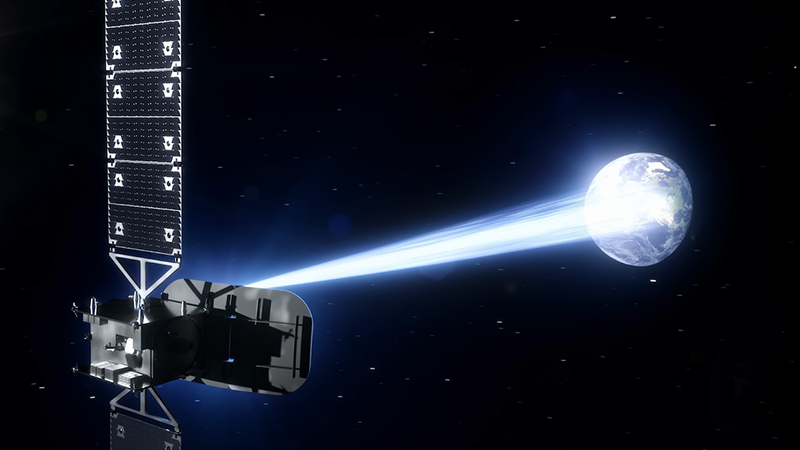

We recently wrote an article about some of the top space companies to watch in 2024. One we mentioned is Astranis, a California-based space comms company. To understand why we think Astranis is going to be a big name this year, let’s take a dive into what the company does and its plans for the coming 12 months.
Astranis Space Technologies Corp. is a space communications company. Its focus is on providing satellite internet services via geostationary comms satellites. Founded in 2015, Astranis has made a big name for itself since 2018, when it publicly launched its prototype cubesat.
By no means is Astranis the only company on the market offering satellite internet. However, it does a few things differently compared to the competition. First, its focus is on MicroGEO satellites – small-scale geostationary orbit satellites. Other companies in this market are focusing on large LEO satellite networks; take Starlink as an example.
But this is another important distinction between the competitors and Astranis. Its higher orbit and stationary location mean a single satellite can provide connectivity for a whole country or region rather than relying on a large network of satellites.
This leads us to the final comparison point: cost. Although Astranis hasn’t stated how much a satellite costs to make and launch, it does state that it’s a cost-effective option. As the company has proven, its satellites can be launched on multi-payload missions. More than anything, this offers decent flexibility and helps to bring down the overall cost.
Astranis signed its first commercial deal in 2019 with Pacific Dataport Inc. The purpose was to increase internet connectivity over Alaska, an area well known for its remoteness and lack of high-speed communications technology.
The satellite, Arcturus, was launched in 2022 and carried the company’s software-defined radio technology that it had previously tested with its cubesat launch. Arcturus’s design specifications stated it could deliver speeds of 7.5 Gbps, although it registered 8.6 Gbps after launch. For context, 5G is 10 Gbps, and 4G is 1 Gbps, so these are pretty decent speeds for a satellite internet connection.
Unfortunately, the satellite developed a fault in July 2023 in its solar array, meaning it was left without power and was, therefore, unable to perform its mission. Everything else on the satellite still functions, so Astranis plans to recover it.
Astranis plans to launch numerous satellites in 2024, having already signed deals with Peru, Mexico, the Philippines, and private companies, including Anuvu. Its technology works and has great potential, so it’s great to see Astranis making so many deals already.
Other than its plan to launch so many satellites, Astranis has the potential to make big waves for itself in 2024. Much of this is down to its mission, which is simple yet effective: provide internet services to remote areas as quickly as possible.
Unlike LEO network providers, Astranis can get an area online much quicker. After all, it generally only needs a single satellite rather than waiting for a whole network to be launched. We’ve already seen that it can work (better than expected), so now it’s just a case of testing it long-term in real-world applications. Hopefully, this is what we’ll see in the coming year.
